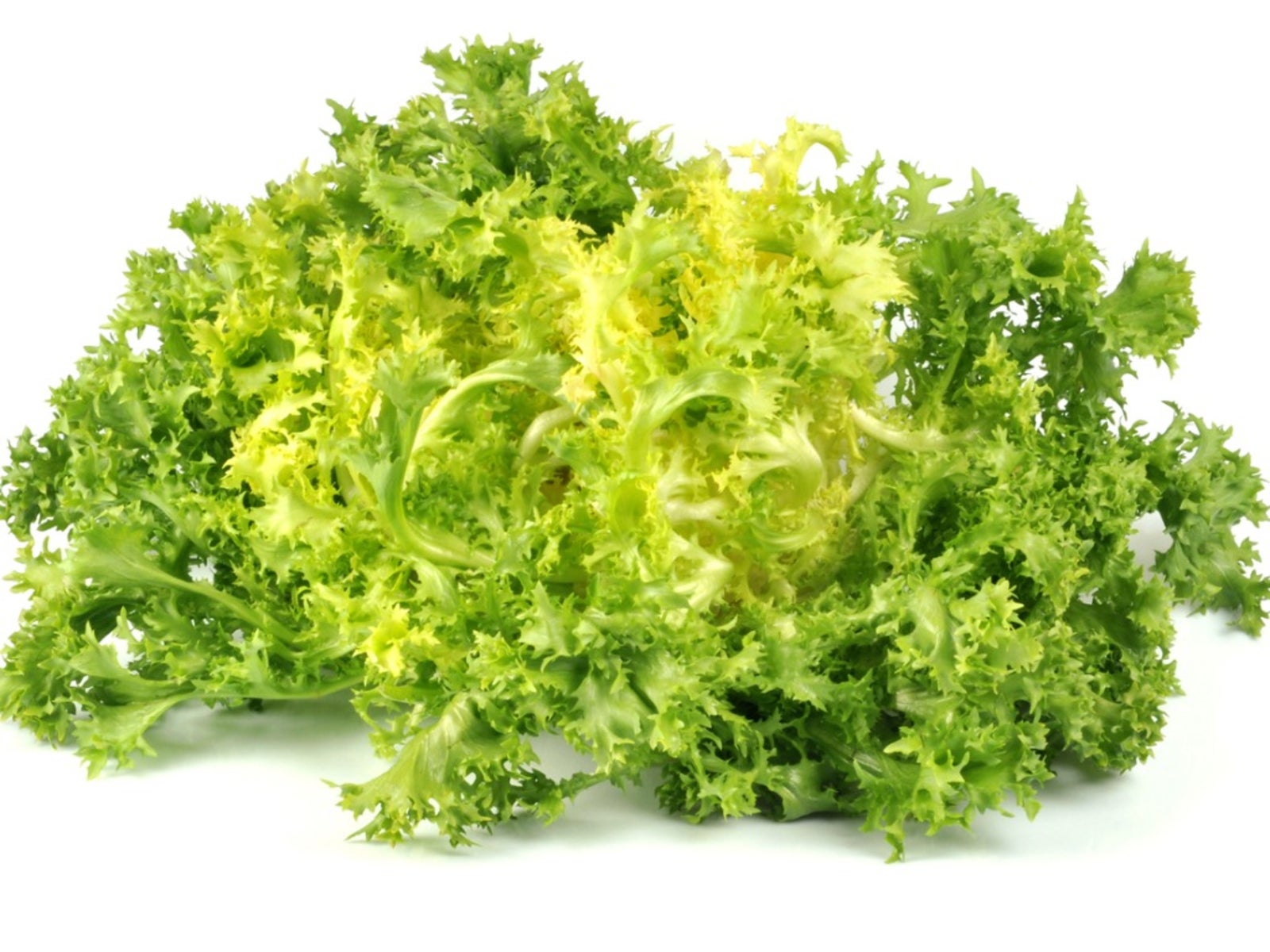Frisée Plant Information: Tips For Growing Frisée Lettuce


If you’re looking to liven up your salad garden, try a new green. Growing frisée lettuce is easy enough and it will add frilly texture to both your beds and your salad bowl. Frisée plant uses are typically culinary, but you can also grow these pretty lettuce heads for decoration in beds.
What are Frisée Greens?
Frisée is often referred to as a lettuce, but it is not really lettuce. It is more closely related to chicory and endive, but it can be used like lettuce or any other salad green. Also called curly endive, frisée grows in a head like other greens. The leaves are green on the outside and paler and more yellow on the inside. The leaves resemble ferns, with a lot of forking, giving it a frizzy or curly appearance. The leaves of frisée can be cooked, but they are more often used raw in salads. The tender inner leaves are best suited to eating fresh, while the other leaves can become tough. Cooking these outer leaves can soften the texture and flavor, but they can quickly be overcooked. Frisée tastes slightly bitter and peppery. Many people use it sparingly in salads rather than as the main ingredient.
How to Grow Frisée
You don’t need a lot of frisée plant information to start growing this green if you are experienced with growing lettuces and other greens. Like other greens, frisée is a cold weather vegetable, so plant it with your lettuces. Just a little bit of compost in the soil will help frisée grow well, and it can be seeded directly into the garden or started indoors. As with lettuce, you can use succession planting to get more continuous production. Provide your frisée plants with continuous water, without overwatering them. Be sure to protect them from the sun as well. Too much sun will cause the outer leaves to toughen. In fact, the traditional way to grow frisée is to blanch it. This involves covering the plants to keep them out of the sun when they are about three-quarters of the way to maturity. This keeps the leaves pale and particularly tender. Try growing frisée with peppers, broccoli, eggplants, and other taller plants to provide shade. Frisée will be ready to harvest about eight weeks from transplanting seedlings to the garden. Harvest as you would lettuce, using a knife to cut the plant at the base. Use the greens quickly, as they won’t last longer than a few days in the refrigerator.
Gardening tips, videos, info and more delivered right to your inbox!
Sign up for the Gardening Know How newsletter today and receive a free copy of our e-book "How to Grow Delicious Tomatoes".

Mary Ellen Ellis has been gardening for over 20 years. With degrees in Chemistry and Biology, Mary Ellen's specialties are flowers, native plants, and herbs.
-
 Moody Blooms For Spring: 8 Types Of Black Flowers To Add Drama To Spring Displays
Moody Blooms For Spring: 8 Types Of Black Flowers To Add Drama To Spring DisplaysFrom midnight burgundies to inky violets, several types of black flowers can enrich and embolden a spring display. Try these brooding bloomers for a moody garden
By Tonya Barnett
-
 My Homemade Orchid Fertilizer Always Brings More Blooms – Here's The Easy Recipe That Transforms Plants
My Homemade Orchid Fertilizer Always Brings More Blooms – Here's The Easy Recipe That Transforms PlantsScientist-turned-gardener Mary Ellen Ellis shares her tried-and-tested DIY orchid fertilizer recipe, plus more ingredients to try for healthy, happy plants.
By Mary Ellen Ellis